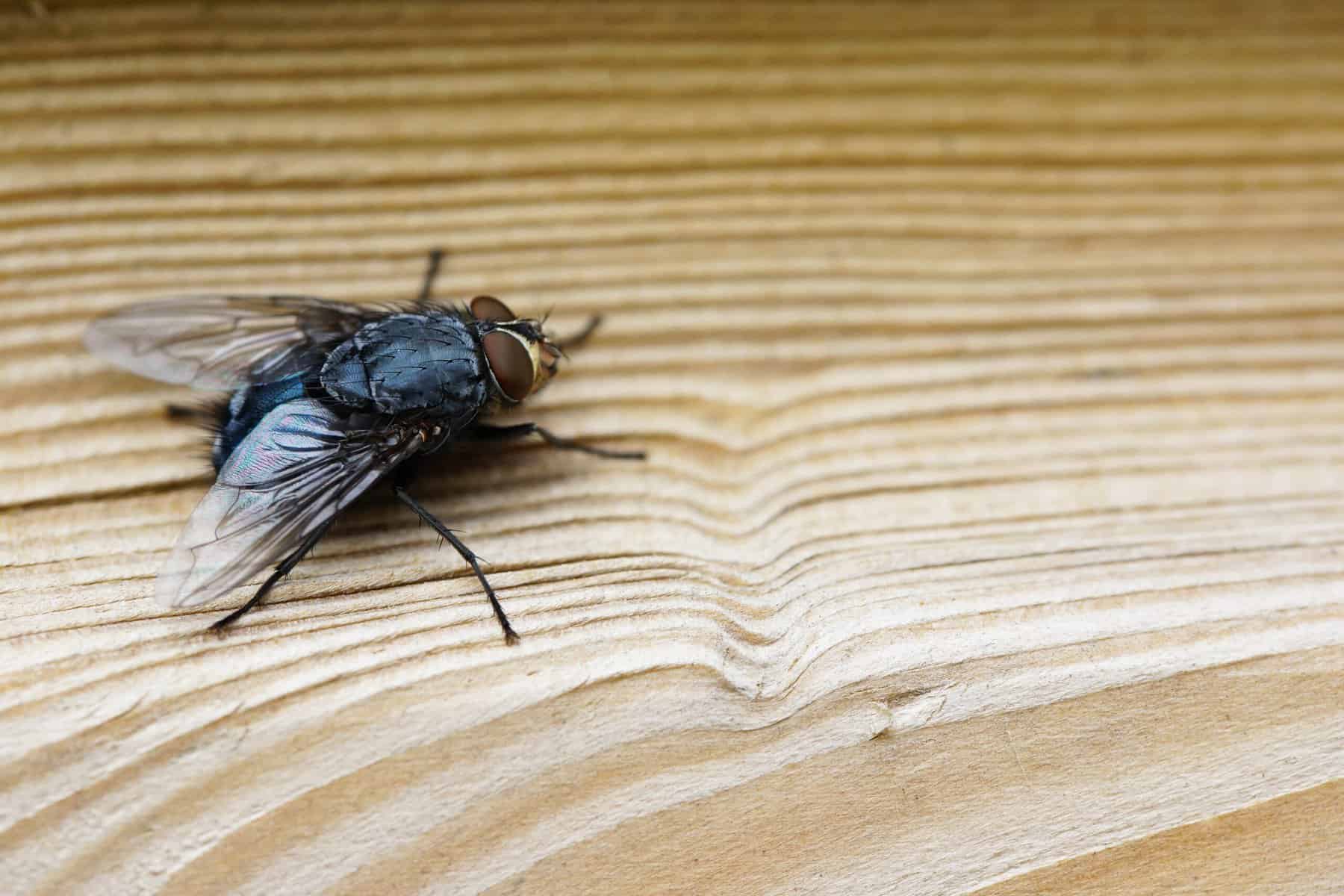
Flies may seem like simple creatures, but they have some fascinating features and behaviors. As incredible as they can be, they are not a pest you want inside your home. Keeping your exterior free of dog waste, dog food, and compost will deter them, or you can call us to assist with knocking down the population. These fun facts showcase the diversity, adaptability, and interesting behaviors of flies in the natural world.
Taste with Feet: Flies taste with their feet! They have taste receptors on their tarsi (feet), allowing them to detect food sources by walking on them. Then, if the fly finds something tasty, it will barf (regurgitate) on it. (ewww)
Insect Control: Despite being seen as pests; some fly species help control insect populations by preying on other insects in their larval or adult stages.
Speedy Flyers: Flies are incredibly agile and fast. Houseflies, for example, can fly at speeds of up to 4.5 miles per hour (7 kilometers per hour).
Multifaceted Eyes: Flies have compound eyes that are made up of thousands of individual lenses called ommatidia. This eye structure allows them to have a wide field of vision and detect movement effectively.
Quick Breeding Cycle: Flies reproduce rapidly. Under optimal conditions, a female housefly can lay up to 500 eggs in her lifetime, and these eggs can hatch into adults within as little as 7 to 10 days.
Remarkable Vision: Flies have excellent vision despite their small size. They can see a broad spectrum of colors, including ultraviolet light, which is invisible to humans.
Pollination Partners: Some species of flies, such as hoverflies, play a crucial role in pollination. While not as famous as bees for this task, they visit flowers for nectar and inadvertently transfer pollen, aiding in plant reproduction.
Sensitive Antennae: Flies have sensitive antennae that help them navigate their surroundings, detect chemicals such as pheromones, and locate potential mates or food sources.
Cleaning Crews: Certain fly species, like flesh flies and dung beetles, help in decomposition by consuming organic waste. They play a vital role in recycling nutrients back into the ecosystem.
Diverse Species: There are over 150,000 known species of flies worldwide, with diverse habitats ranging from forests and fields to urban environments.